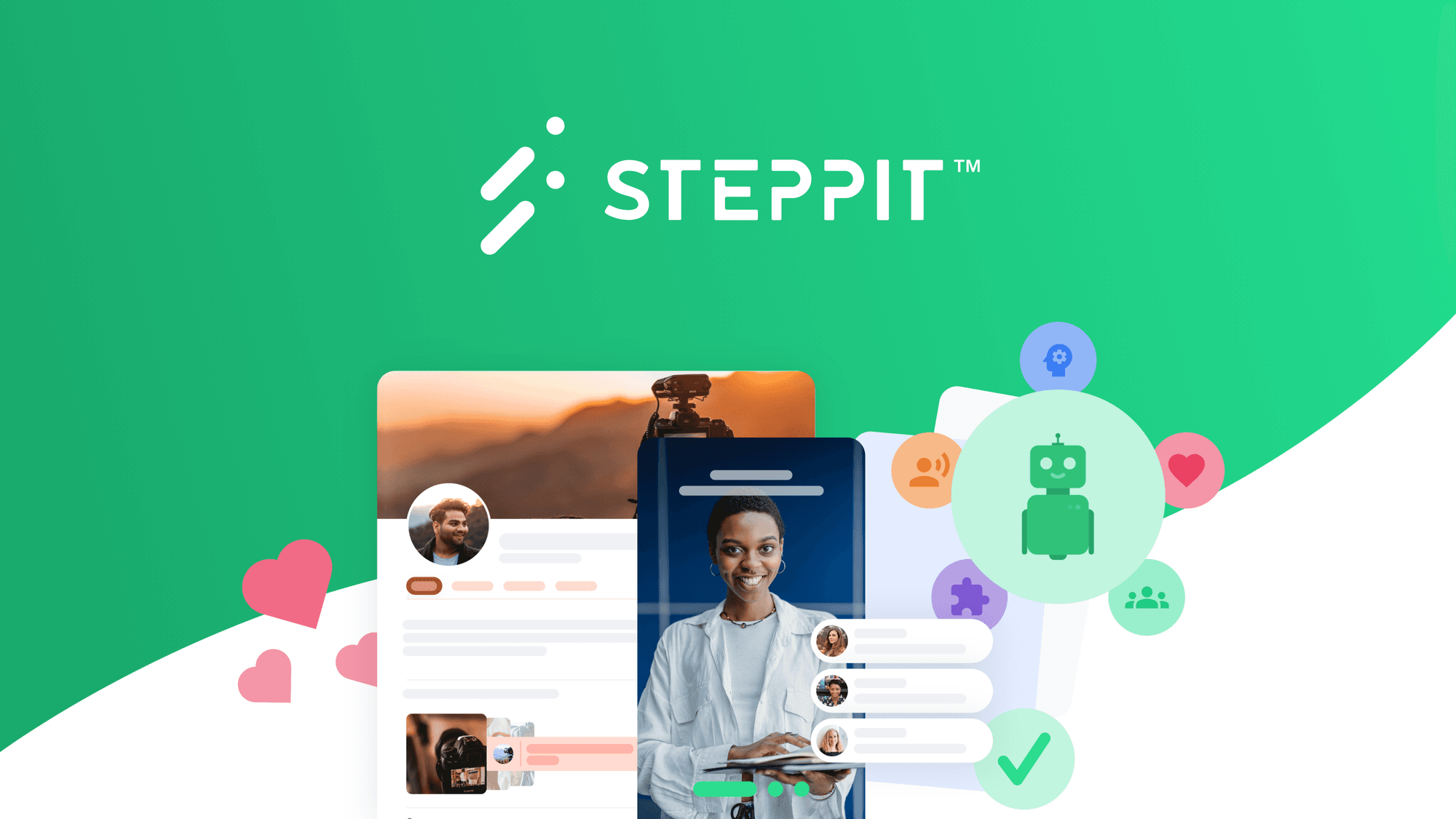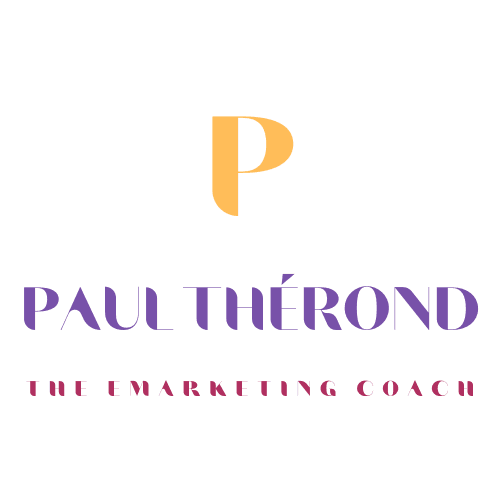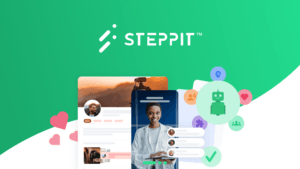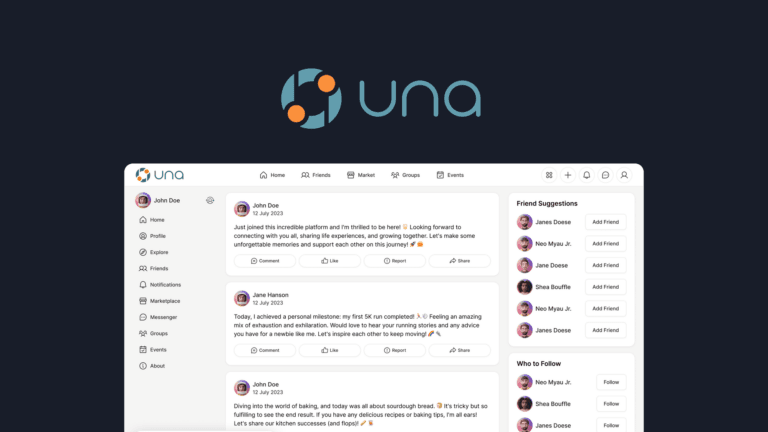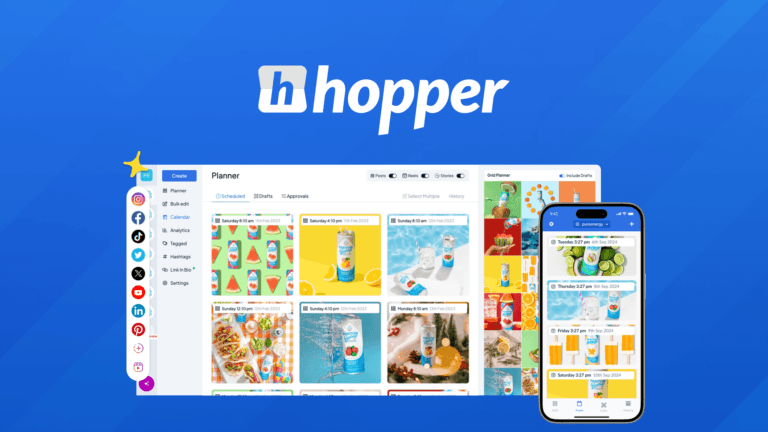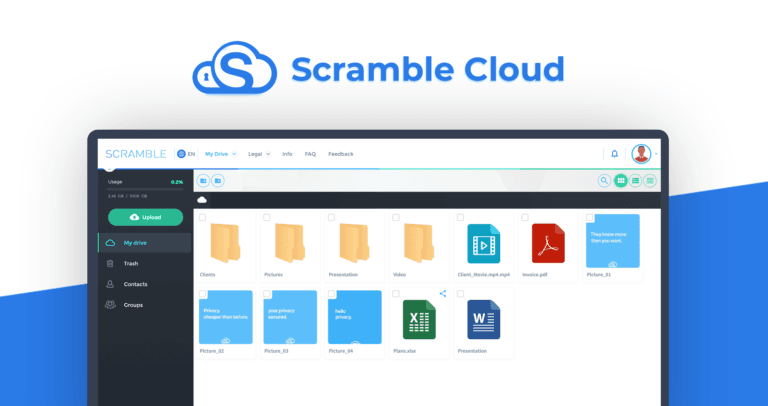The Digital Course Creation Nightmare
My fingers hovered over the keyboard, paralyzed. Another incomplete course, another abandoned dream. As an online educator with years of expertise, I should have been able to create transformative learning experiences. Instead, I was drowning in a sea of complicated software, endless video editing, and student disengagement.
“This isn’t working,” I muttered to myself, staring at the half-finished video modules that had consumed months of my life. My last cohort had a dropout rate of nearly 60%, and each incomplete course felt like a personal failure. The traditional online learning model was broken, and I was trapped in its overwhelming complexity.
The Endless Struggle of Digital Teaching
For years, I’d watched other educators seemingly create magical online experiences while I wrestled with technical barriers. Screen recording software that crashed, editing tools that required a computer science degree, and learning platforms that felt more like obstacle courses than educational environments. My passion for teaching was being slowly crushed under the weight of technological complexity.
Each course took weeks to produce. I’d spend countless hours scripting, recording, editing, and trying to make content that would actually keep students engaged. The process was soul-crushing. I knew I had valuable knowledge to share, but the technical barriers made sharing that knowledge feel impossible.
A Whisper of Hope
I first heard about Steppit during a late-night research session, buried deep in online forums where educators share their struggles. Initially skeptical, I watched demo videos with my typical professional cynicism. Another platform promising to revolutionize online learning? I’d heard that pitch a hundred times before.
But something was different this time. The platform seemed to understand the core problem: traditional course creation was fundamentally broken. Instead of complex interfaces and overwhelming options, Steppit offered a streamlined, intuitive approach that felt almost conversational.
The AI assistant was my first genuine moment of excitement. Instead of me struggling to structure content, the system began suggesting lesson flows, engagement prompts, and even potential learning paths. It was like having an instructional design expert sitting beside me, guiding my content creation.
“Record directly from your phone,” the platform suggested. And incredibly, it was that simple. No complex camera setups, no professional lighting, just authentic, direct communication with my potential students. The ability to easily create vertical and horizontal content meant my courses could adapt to how people actually consume information today.
A New Educational Paradigm
Within weeks, everything changed. My course completion rates jumped from 40% to over 80%. Students weren’t just completing modules; they were actively engaging, sharing updates, participating in discussions. The micro-learning approach meant complex topics became digestible, transformative experiences.
“I can’t believe how much I’m learning,” one student messaged me. “It feels like you’re right here guiding me.” That message alone made everything worthwhile.
The platform’s community features transformed passive learning into an interactive journey. Students could share progress, discuss challenges, and support each other—creating a learning ecosystem far beyond traditional video lectures.
Reimagining Professional Potential
What started as a tool for creating courses became a complete redesign of my professional approach. I wasn’t just teaching anymore; I was crafting learning experiences. The AI assistant helped me understand my own teaching style, suggesting improvements and highlighting areas where I could be more engaging.
Suddenly, scaling my educational offerings wasn’t a distant dream. I could create multiple courses, experiment with different teaching approaches, and reach students globally—all without getting lost in technical complexities.
Epilogue: Lessons for Digital Educators
The most profound lesson I learned wasn’t about technology, but about human potential. Great education isn’t about perfect production values or complex systems—it’s about genuine connection, digestible knowledge, and creating pathways for transformation.
For any educator, coach, or expert feeling overwhelmed by digital course creation, remember this: The right tool doesn’t just solve technical problems. It unleashes your true potential to make a meaningful impact. Technology, when designed with genuine understanding, can be the bridge between your expertise and your students’ growth.
My journey wasn’t just about finding a better course creation platform. It was about rediscovering my passion for teaching and breaking through the barriers that had held me back for years.
